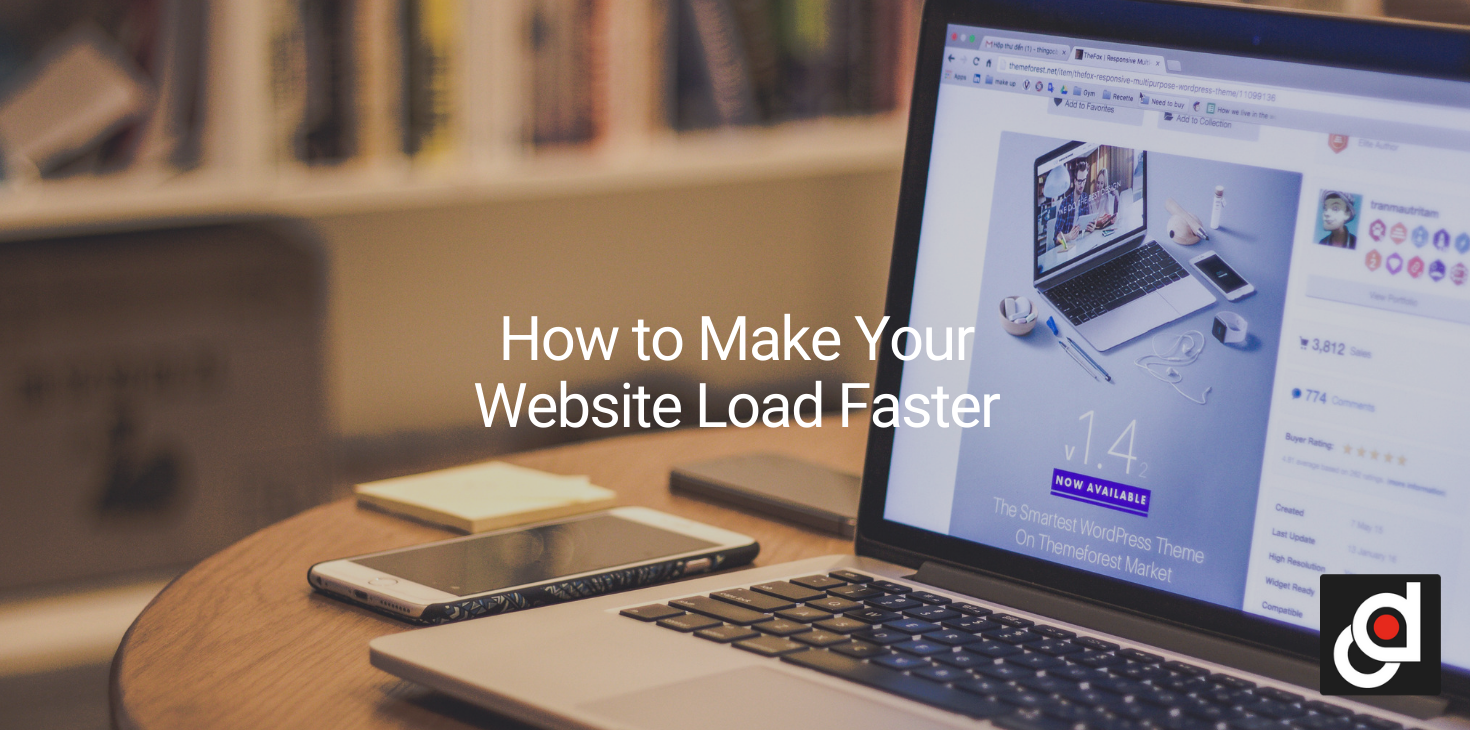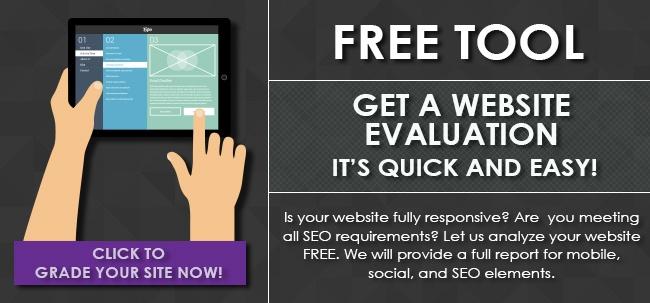
On any website, you should always consider the weight of the page. The smaller the image size is on a page, the faster it will load. Surprisingly enough, people do notice the number of seconds it takes for a certain page to load. According to Pingdom, 24% of users usually abandon a website that takes longer than four seconds to load, and 38% will immediately leave the page if it takes five seconds to load.
Nowadays, people are using their mobile phones to find information and visit websites. Mobile phones, however, tend to have spotty internet connections and slow data speeds which makes it harder for pages to load. Business owners should maintain a healthy page rank, which equates to making a fast, optimized website experience across all devices.
No matter what you have pictured that you want your website to look, you should figure out how to load your page faster so that you don't lose customers and make them stay on your website.
- Resize and compress images.
One contributor to why a page is heavy is because of the images embedded. One effective way to reduce the size is to eliminate all unnecessary images you can. But if you can’t, you can opt to do this instead. You can start by resizing any unnecessarily large images. You should also be able to consistently upload photos with dimensions not greater than the size of the container.
For those who cannot sacrifice a high-resolution image (for people to share and download), it is recommended to upload the image with the exact same width of the container and hyperlinking the high-resolution version of it to avoid a heavy page.
Another option of shrinking the image size is by compressing it. This helps reduce the file size which also helps reduce the time it takes for a page to load. There are a bunch of tools online that can help you with this.
RELATED: BEST METHODS TO BOOST WEBSITE CONVERSIONS
- Remove unnecessary custom fonts.
Using custom fonts can add a little bit of personality to your page and it can definitely give off a unique vibe from everyone else. The only problem with this is that custom fonts can carry some weight with it.
But don’t panic because there’s an alternative to this problem. The answer? Creating a WOFF2 file. This can be an easy change with no known downsides. You can just convert the custom font to an efficient format that’s available in browsers. It has been said that it can reduce up to 60% simply by loading a WOFF2 file over others.
It you think converting to a WOFF2 file will not work for you, you can also trim down some custom fonts on your website and keep those that holds importance.
- Use a Content Delivery Network (CDN)
According to TechTarget, a CDN is an interconnected system of cache servers that uses geographical proximity as a criterion for delivering web content. CDN resolves the issue of longer loading pages for those who are accessing on the other side of the world. A CDN aims to store the website’s elements in multiple locations around the world, making sure that everyone has a fair shot at a speedy load time.



.png?width=352&name=Untitled%20design%20(5).png)

.png?width=352&name=Copy%20of%20SCS%20-%20Blog%20Template%20(38).png)